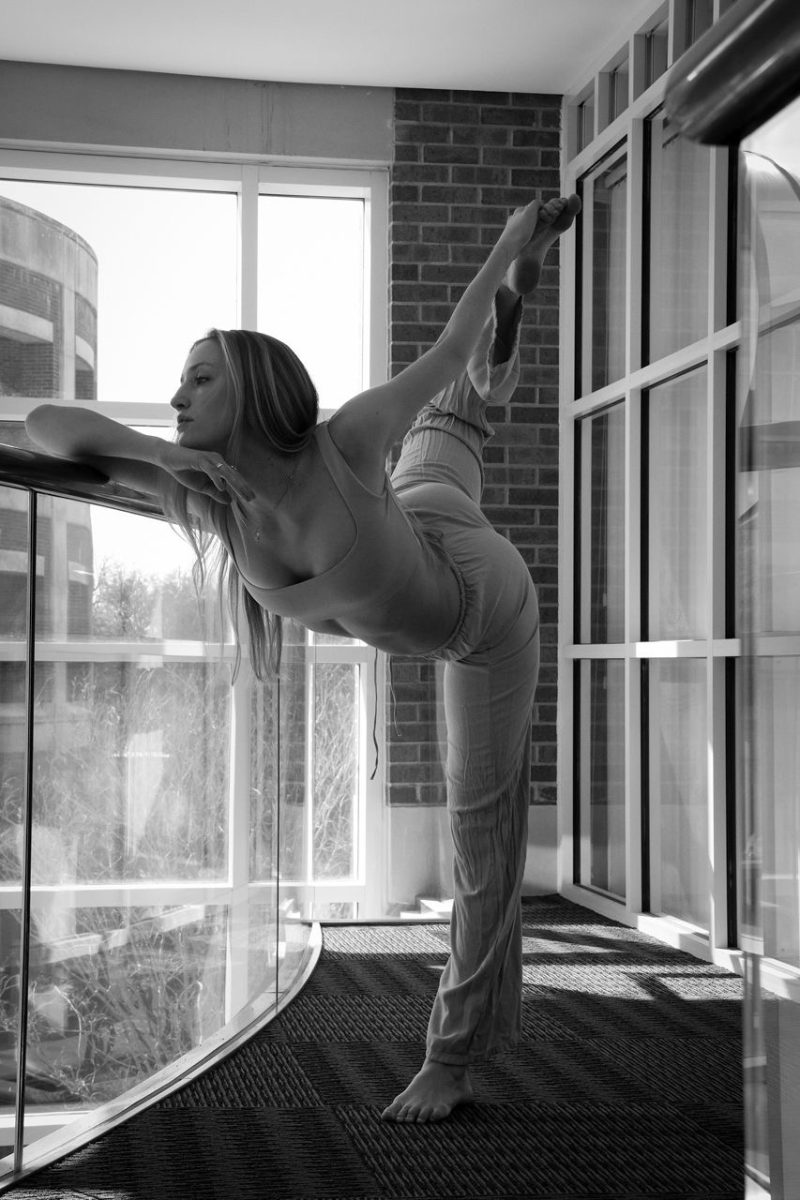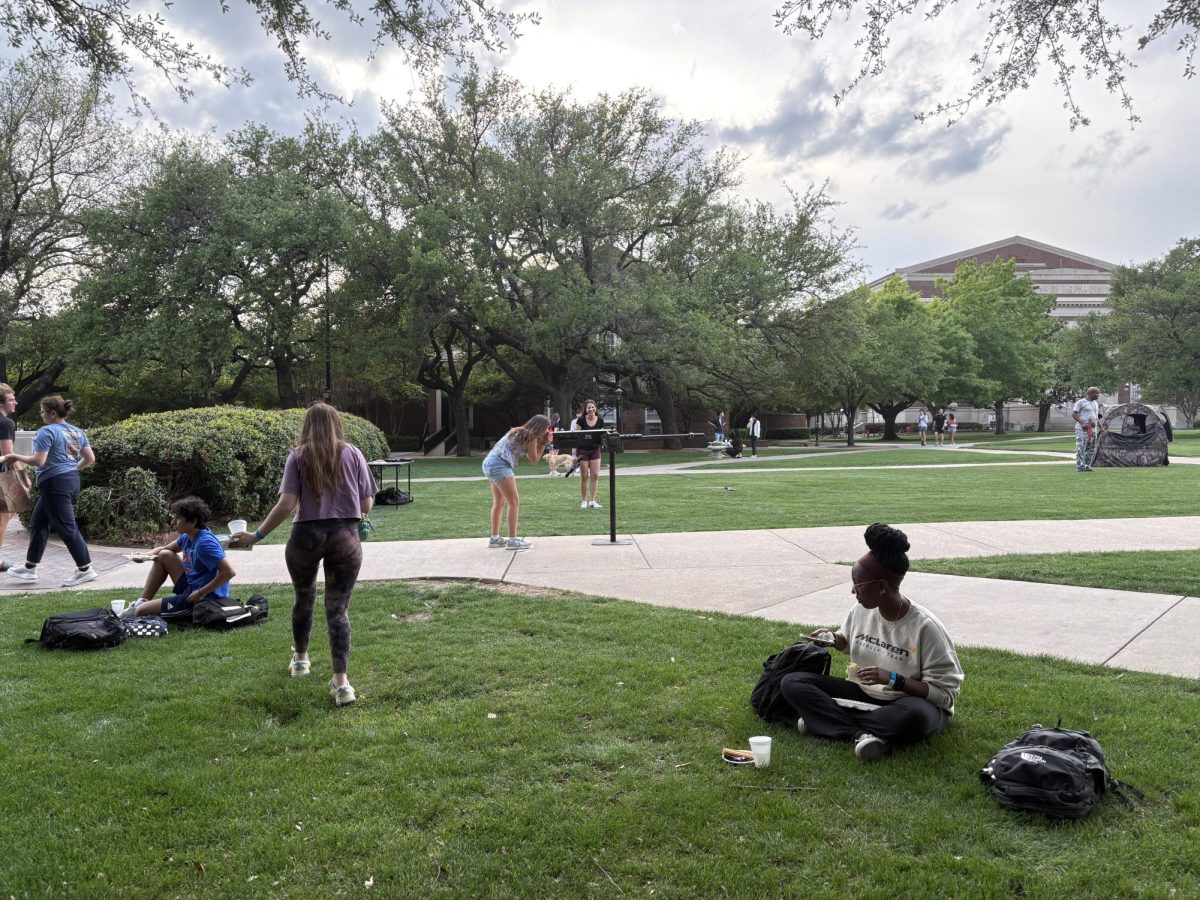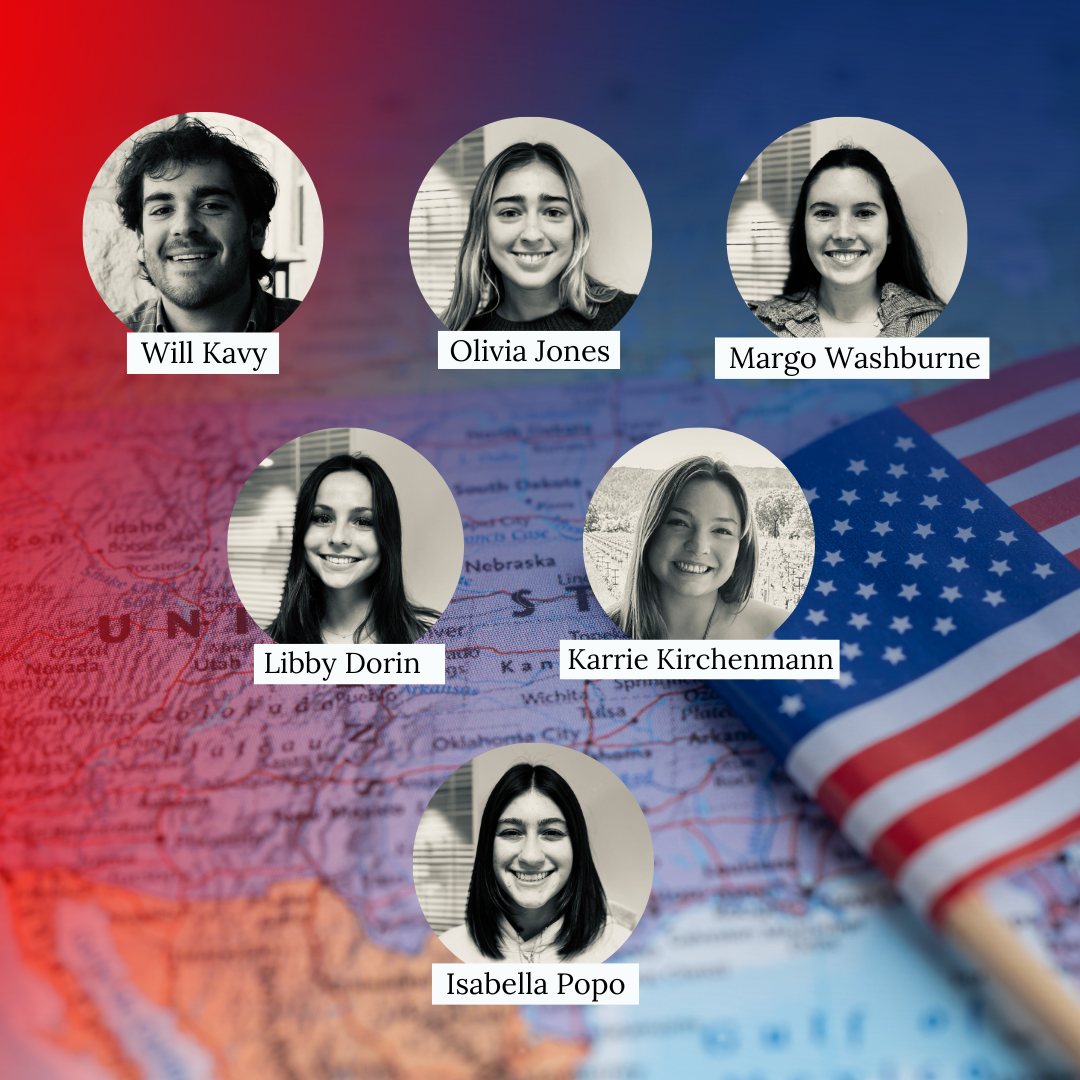What’s the first thing you did after checking your e-mail last Wednesday night and finding that SMU would reopen after an ice storm closed it for two days? Did you log onto Facebook or Twitter to express your ire?
If so, you’re not alone.
Nearly 1,500 people took to a Facebook event, where they pledged to boycott class on Thursday because it was still too dangerous on the roads and sidewalks (another event also had high numbers, but it was deleted). Many others wrote on SMU’s Facebook page, asking them to reconsider. Over on Twitter, another crowd had been replying to SMU, saying they thought it was a bad decision.
When Provost Paul Ludden e-mailed the student body saying they could get an excused absence if it was still too dangerous to drive in their area, the chatter intensified.
What SMU saw Wednesday night was not insignificant. Thousands of students raised their voices against the reopening decision—and they did it entirely online.
This wasn’t your typical protest: There weren’t chants. There weren’t signs. There wasn’t a mass crowd in front of the Perkins Administration Building. There were no newspaper editorials. Traditional means of protest flew out the window as the weather forced students to remain in their apartments, cooped up and mad with cabin fever.
The amazing thing is that the protest still took place. Social media and an internet connection still gave students a voice when they wouldn’t have had one only a few years ago. Hundreds of people gathered today in protest, but most of them probably wouldn’t have recognized each other in real life. Regardless of who you are or where you were, social media was an available means to express your discontentment with the administration’s decision. Through social media, expressing an opinion has been democratized and every person has a means through which to do so.
The way we protest is changing, and Wednesday’s student efforts exemplify this. It’s hard to tell if students’ efforts on social media were effective in getting SMU to change its decision. If anything, the primary reason would be dangerous driving conditions Thursday morning.
But Wednesday’s protest certainly demonstrated a change in the student population and popular opinion: passion.
For too long this campus has been besieged by widespread apathy. And while some raised their voices to express their opinions, and in many cases their opposition to a university decision, the majority of students did not.
Wednesday’s protest was a sign that our student body is becoming more involved and more aware of the university’s actions. Part of this change is because of social media. Social media allows students to gather and inform others. Social media encourages active participation in university life.
And this is why we advocate for social media.
Facebook on, SMU. Facebook on.








